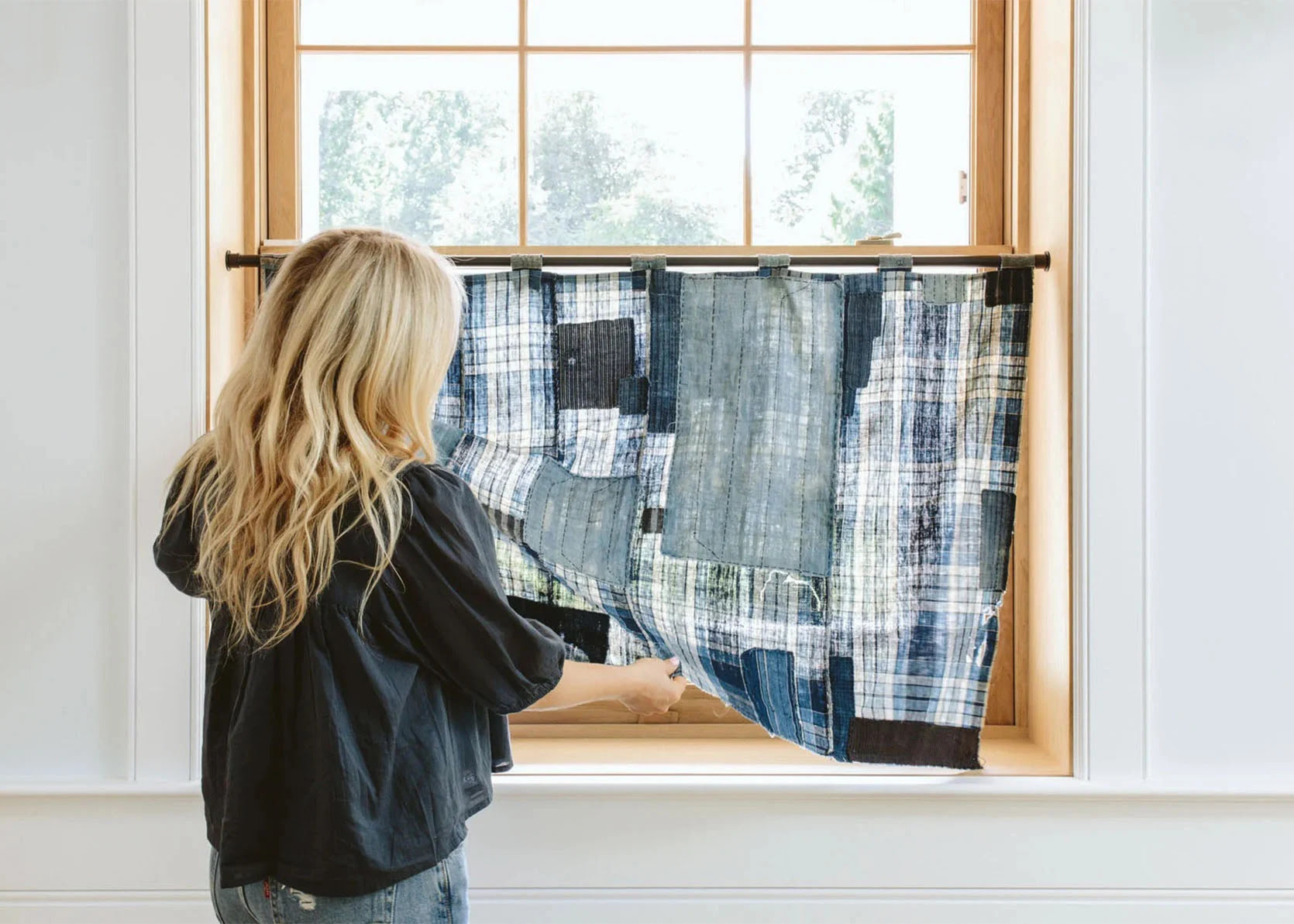

Articles
How Much Fabric Is Needed For DIY Curtains
Modified: January 5, 2024
Learn how to calculate the right amount of extra fabric required for your curtains with our helpful articles.
(Many of the links in this article redirect to a specific reviewed product. Your purchase of these products through affiliate links helps to generate commission for Storables.com, at no extra cost. Learn more)
Introduction
When it comes to dressing up your windows, choosing the right curtains is essential. Not only do curtains add style and personality to a room, but they also serve the practical purpose of providing privacy and controlling light levels. However, to ensure that your curtains hang beautifully and drape perfectly, it is crucial to understand the basics of curtain fabric and how much of it you will need for your project.
In this article, we will delve into the world of curtain fabric and guide you through the process of determining the dimensions of your curtains and calculating the amount of fabric you will require. We will also discuss additional considerations such as pattern matching, fullness, and gathering, as well as different styles of curtains that may influence your fabric requirements.
By the end of this article, you will have a clear understanding of how much extra fabric is needed for curtains, allowing you to confidently undertake your curtain-making project and achieve stunning results.
Key Takeaways:
- Calculate the main fabric requirements by factoring in fullness and gathering to ensure your curtains have the desired volume and drapery, enhancing the overall aesthetic appeal of your space.
- Consider the specific style of curtains you plan to make, such as pinch pleat, pencil pleat, tab top, grommet, or rod pocket curtains, and account for additional fabric or unique considerations that will impact your fabric requirements.
Read more: How Much Fabric Is Needed For A Pillowcase
Understanding the Basics of Curtain Fabric
Before diving into the specifics of how much fabric you will need for your curtains, it is important to have a solid understanding of the different types of curtain fabric available. Curtain fabric comes in a variety of materials, textures, and patterns, each with its own unique characteristics and suitability for different purposes.
One of the most common types of curtain fabric is cotton. Cotton is a versatile and durable fabric that comes in various weights and weaves, making it suitable for both casual and formal curtain styles. It is also easy to care for and can be easily washed or dry cleaned.
Another popular choice is linen. Linen has a natural and organic look, with a slightly more textured appearance. It is known for its breathability and ability to regulate temperature, making it a great option for curtains in rooms where sunlight and heat control are important.
For a more formal and luxurious look, silk is an excellent choice. Silk curtains add an elegant and opulent touch to any room. However, it is worth noting that silk can be more delicate and may require special care during cleaning.
Polyester is another commonly used fabric for curtains. It is durable, wrinkle-resistant, and easy to maintain, making it suitable for high-traffic areas or households with children or pets. Additionally, polyester curtains often come in a wide range of colors and patterns, making it easy to find the perfect match for your interior design.
When selecting your curtain fabric, consider the functionality you require, such as light filtering or room darkening properties. Some fabrics have a tighter weave and offer better light-blocking capabilities, while others are more sheer and allow more light to enter the room.
Furthermore, consider the aesthetic appeal of the fabric. Look for colors, patterns, and textures that complement your existing decor and reflect your personal style.
Once you have chosen the type of fabric that suits your needs and preferences, you can move on to determining the dimensions of your curtains and calculating the amount of fabric required.
Determining the Dimensions of Your Curtains
Before you can calculate how much fabric you will need for your curtains, it is important to accurately measure the dimensions of your windows. Taking precise measurements will ensure that your curtains fit perfectly and look professionally done. Here are the key measurements you will need to determine:
1. Width: Measure the width of your window frame from one side to the other. This will give you the total width that your curtains need to cover. Keep in mind that if you want more fullness in your curtains, you may need to add extra width to account for gathering and pleating.
2. Length: Measure the length from the top of the window frame to where you want your curtains to end. This can vary depending on your personal preference and the style of curtains you want. Consider if you want your curtains to just touch the floor, puddle slightly on the ground, or be a specific length in between.
3. Header and Hem: Decide on the desired length for the header and hem of your curtains. The header is the part that will attach to the curtain rod or track, and the hem is the bottom edge of the curtain. These measurements will depend on the style and functionality you want to achieve.
Once you have all the necessary measurements, you can proceed to calculate the amount of fabric you will need for your curtains.
Calculating the Main Fabric Requirements
Now that you have the measurements for the width, length, header, and hem of your curtains, you can start calculating the amount of fabric you will need. The main fabric requirement is based on the width and length of your curtains, excluding any additional fabric for pattern matching or fullness.
To calculate the main fabric requirements, follow these steps:
- Calculate the width: Multiply the total width of your curtains by the desired fullness factor. The fullness factor is a multiplier that determines how much extra fabric you will need to achieve a gathered or pleated look. A common fullness factor is 2 to 2.5, which means you will use two to two and a half times the width of your window.
- Calculate the length: Add the desired length for the header and hem to the measured length of your curtains.
- Calculate the fabric requirement: Multiply the calculated width by the calculated length, and then divide by the fabric width. This will give you the amount of fabric in square meters or yards that you need for your curtains.
For example, let’s say your total width is 2.4 meters, and you want a fullness factor of 2.5. Your desired length is 2.7 meters, and you have a fabric width of 1.5 meters. The calculations would be as follows:
- 2.4 meters (total width) x 2.5 (fullness factor) = 6 meters
- 2.7 meters (desired length) + 0.2 meters (header) + 0.2 meters (hem) = 3.1 meters
- (6 meters x 3.1 meters) / 1.5 meters (fabric width) = 12.4 square meters
In this example, you would need approximately 12.4 square meters of fabric for your curtains.
Remember, it is always better to overestimate the fabric requirement slightly to account for any miscalculations, pattern adjustments, or cutting errors. However, avoid purchasing too much excess fabric, as it can be costly and lead to unnecessary waste.
Once you have determined the main fabric requirements, you can move on to considering any additional fabric needed for pattern matching or allowing for fullness and gathering.
When measuring fabric for curtains, add 10-15% extra for fullness and hemming. This will ensure that the curtains have a nice drape and can be properly hemmed.
Additional Fabric for Pattern Matching
If your chosen curtain fabric has a pattern that needs to be matched across multiple curtain panels, you will need to account for additional fabric. Pattern matching involves aligning the design elements, such as stripes, floral motifs, or intricate patterns, seamlessly between the panels to create a cohesive and visually pleasing look.
To determine the amount of extra fabric needed for pattern matching, consider the following factors:
- Pattern Repeat: The pattern repeat refers to the distance between each occurrence of the pattern on the fabric. Measure the pattern repeat and note down the measurement.
- Number of Panels: Determine how many curtain panels you will need. This will depend on the width and fullness factor calculated earlier.
- Total Additional Fabric: Multiply the pattern repeat by the number of panels and add it to the main fabric requirement calculated previously.
For instance, let’s say the pattern repeat of your fabric is 0.5 meters, and you have four curtain panels. The calculations would be as follows:
- 0.5 meters (pattern repeat) x 4 (number of panels) = 2 meters
- 12.4 square meters (main fabric requirement) + 2 meters (additional fabric) = 14.4 square meters
In this example, you would need approximately 14.4 square meters of fabric, including the additional fabric for pattern matching.
Keep in mind that pattern matching can result in fabric wastage, as you may need to cut and align the panels in specific ways to achieve the desired effect. It’s always wise to consult with a professional or experienced sewer if you are new to pattern matching to ensure you have an accurate estimate of the additional fabric required.
After considering pattern matching, it is important to allow for fullness and gathering, especially if you want your curtains to have a more voluminous and luxurious appearance.
Read more: How Much Fabric Is Needed For A Quilt Border
Allowing for Fullness and Gathering
When it comes to creating beautifully draped curtains, incorporating fullness and gathering can make a significant difference in their overall appearance. Fullness refers to the amount of fabric used compared to the width of the window, allowing the curtains to have a more gathered or pleated look. This adds depth, texture, and a touch of elegance to your window treatments.
There are several factors to consider when allowing for fullness and gathering:
- Fullness Factor: The fullness factor determines how much extra fabric should be used to achieve the desired gathered or pleated look. The most common fullness factors range from 2 to 2.5, meaning you will need two to two and a half times the width of your window.
- Gathering Ratio: The gathering ratio refers to the amount of fabric that is gathered or pleated to achieve the desired fullness. It is the ratio of the fabric used to the total width of the curtains. A higher gathering ratio will result in more pronounced and fuller drapery.
To calculate the amount of extra fabric needed for fullness and gathering, follow these steps:
- Calculate the extra width: Multiply the total width of your curtains by the fullness factor.
- Calculate the gathering ratio: Divide the extra width by the total width of your curtains. This will give you the gathering ratio.
- Calculate the additional fabric: Multiply the gathering ratio by the total width and length of your curtains, excluding the headers and hems. This will give you the extra fabric required for fullness and gathering.
For example, let’s say your total width is 2.4 meters, and you want a fullness factor of 2.5. Your desired length is 2.7 meters. The calculations would be as follows:
- 2.4 meters (total width) x 2.5 (fullness factor) = 6 meters
- 6 meters (extra width) / 2.4 meters (total width) = 2.5 (gathering ratio)
- (2.5 x 2.4 meters) x 2.7 meters = 16.2 square meters
In this example, you would need approximately 16.2 square meters of additional fabric to allow for fullness and gathering in your curtains.
Remember that the fullness factor and gathering ratio are subjective choices and depend on the style and look you want to achieve. It is important to strike a balance between too little fullness, resulting in flat-looking curtains, and excessive fullness, which can create a bulky appearance.
By factoring in fullness and gathering, you can ensure that your curtains have a visually appealing and luxurious drape that enhances the overall aesthetic of your space.
Now that you have calculated the fabric requirements for fullness and gathering, you can consider any additional considerations based on the specific style of curtains you plan to make.
Considerations for Different Curtain Styles
When it comes to curtain styles, there are various options to choose from, each with its own unique characteristics and fabric requirements. Understanding these considerations for different curtain styles will ensure that you make the right fabric choices and achieve the desired look for your windows. Let’s explore some popular curtain styles and their specific considerations:
- Pinch Pleat Curtains: Pinch pleat curtains are a classic and timeless choice that feature evenly spaced pleats along the top. The pleats are created by pinching the fabric together and securing it. For pinch pleat curtains, you will need more fabric to account for the pleating. Calculate the extra fabric needed by multiplying the pleat ratio (usually 2 to 3 times the fullness) by the total width of your curtains.
- Pencil Pleat Curtains: Pencil pleat curtains have tightly gathered pleats along the top that resemble a row of pencils. These curtains require extra fabric for gathering. Multiply the gathering ratio (usually 2 to 2.5 times the fullness) by the total width of your curtains to determine the additional fabric required.
- Tab Top Curtains: Tab top curtains have fabric loops or tabs sewn along the top, through which the curtain rod is threaded. For tab top curtains, the additional fabric required will depend on the number and size of the tabs. Measure the length and width of each tab and add it to the fabric requirements for the main curtain panels.
- Grommet Curtains: Grommet curtains have metal or plastic rings, called grommets, inserted along the top through which the curtain rod is threaded. The size and spacing of the grommets will determine the additional fabric needed. Measure the diameter and spacing of the grommets and add it to the fabric requirements for the main curtain panels.
- Rod Pocket Curtains: Rod pocket curtains have a pocket sewn along the top that allows the curtain rod to be inserted. The size of the pocket will determine the additional fabric required. Measure the rod diameter and add it to the fabric requirements for the main curtain panels.
These are just a few examples of popular curtain styles, but there are many more to choose from. The important thing is to consider the specific requirements and fabric quantities for each style to ensure that you have enough fabric for your curtains.
Keep in mind that the fabric width and pattern repeat may also impact the overall fabric requirements for different curtain styles. If your fabric has a large pattern repeat or limited width, you may need to purchase additional fabric to ensure the pattern is properly aligned and the curtains can be appropriately sized.
By understanding the considerations for different curtain styles, you can make informed decisions about fabric choices and create curtains that perfectly suit your desired aesthetic.
Now that you have a comprehensive understanding of fabric requirements for curtains based on the dimensions, fullness, pattern matching, and specific styles, you are ready to embark on your curtain-making project.
Conclusion
Choosing the right fabric and calculating the correct amount for your curtains is crucial for achieving the desired look and functionality in your space. By understanding the basics of curtain fabric, determining accurate dimensions, allowing for fullness and gathering, considering pattern matching, and accounting for specific curtain styles, you can confidently undertake your curtain-making project.
Remember to carefully measure the width and length of your windows, including any desired header and hem lengths. Calculate the main fabric requirements by considering the fullness factor and gathering ratio, ensuring your curtains have the desired volume and drapery. If your fabric has a pattern that needs to be matched, don’t forget to account for additional fabric.
Take into consideration the specific style of curtains you plan to make, such as pinch pleat, pencil pleat, tab top, grommet, or rod pocket curtains. Each style may require additional fabric or have unique considerations that will impact your fabric requirements.
The key to successful curtain-making is to strike a balance between accurate measurements, careful calculations, and incorporating your personal style preferences. It is also important to allow for a little extra fabric to account for any unforeseen adjustments, cutting mistakes, or pattern matching challenges.
With these considerations in mind, you can confidently select and purchase the right amount of fabric for your curtains. By paying attention to details, you will be rewarded with beautifully crafted curtains that add warmth, style, and functionality to your home or space.
Now armed with the knowledge of fabric requirements, embrace your creativity and enjoy the process of making your curtains. Whether it’s adding a pop of color, a touch of elegance, or a cozy texture, your curtains will become the perfect backdrop to enhance the aesthetic appeal of your windows and complete the overall ambiance of your room.
Frequently Asked Questions about How Much Fabric Is Needed For DIY Curtains
Was this page helpful?
At Storables.com, we guarantee accurate and reliable information. Our content, validated by Expert Board Contributors, is crafted following stringent Editorial Policies. We're committed to providing you with well-researched, expert-backed insights for all your informational needs.
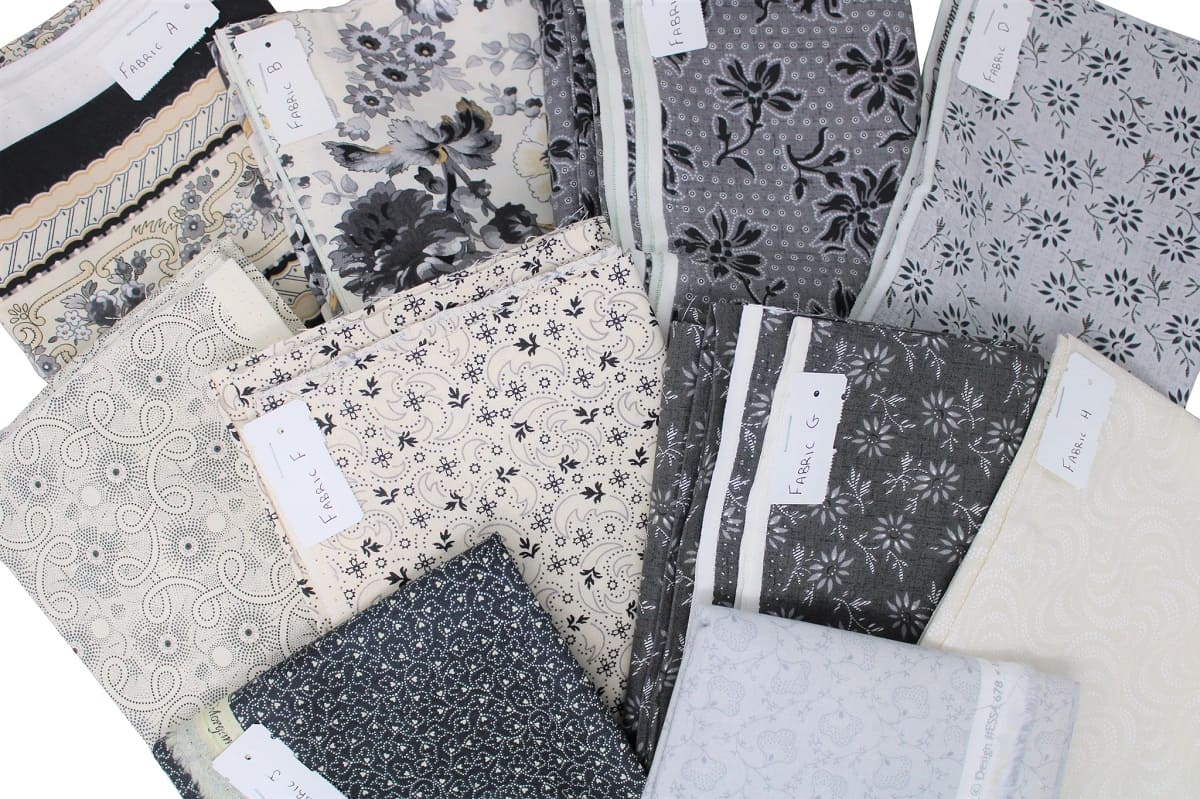
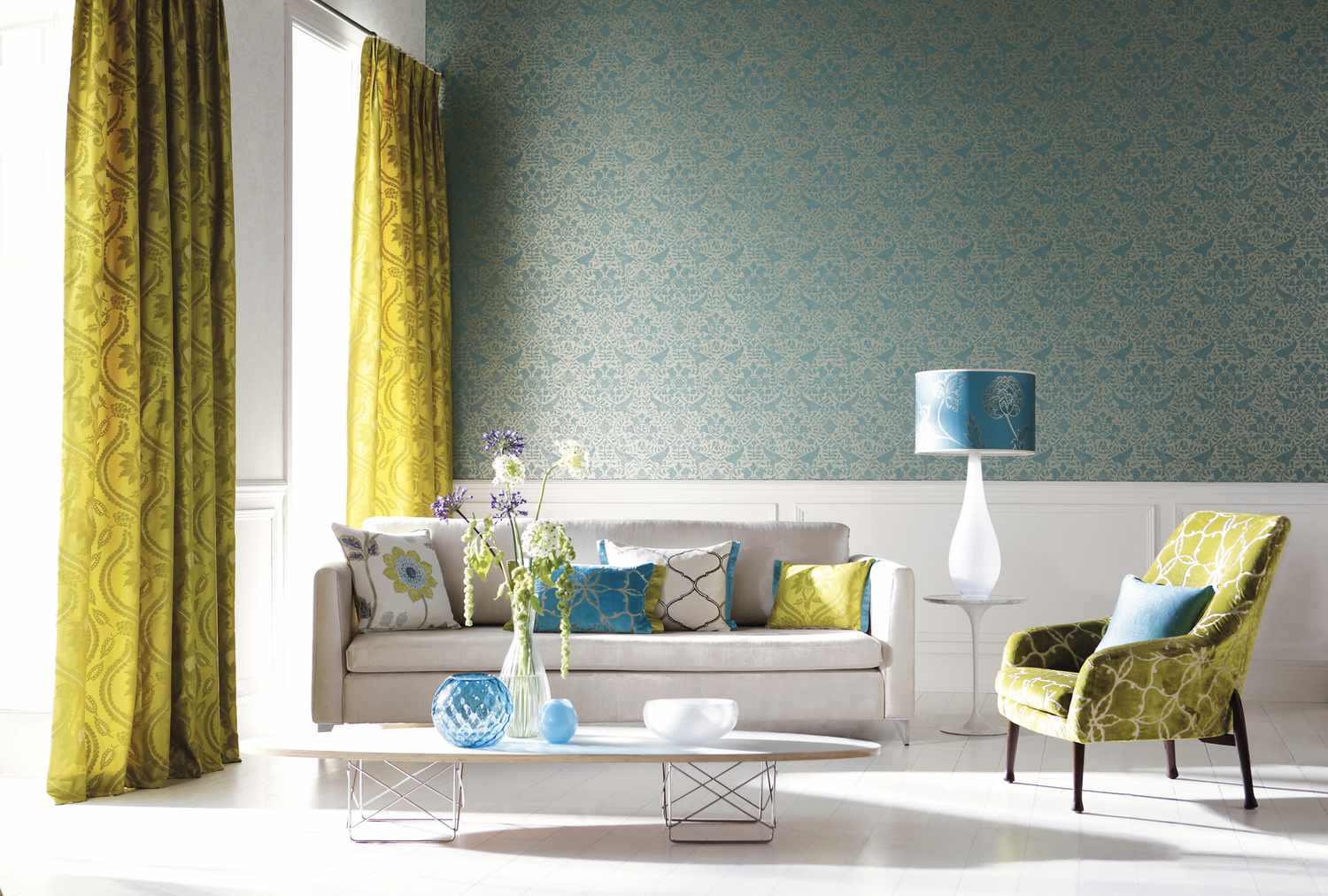
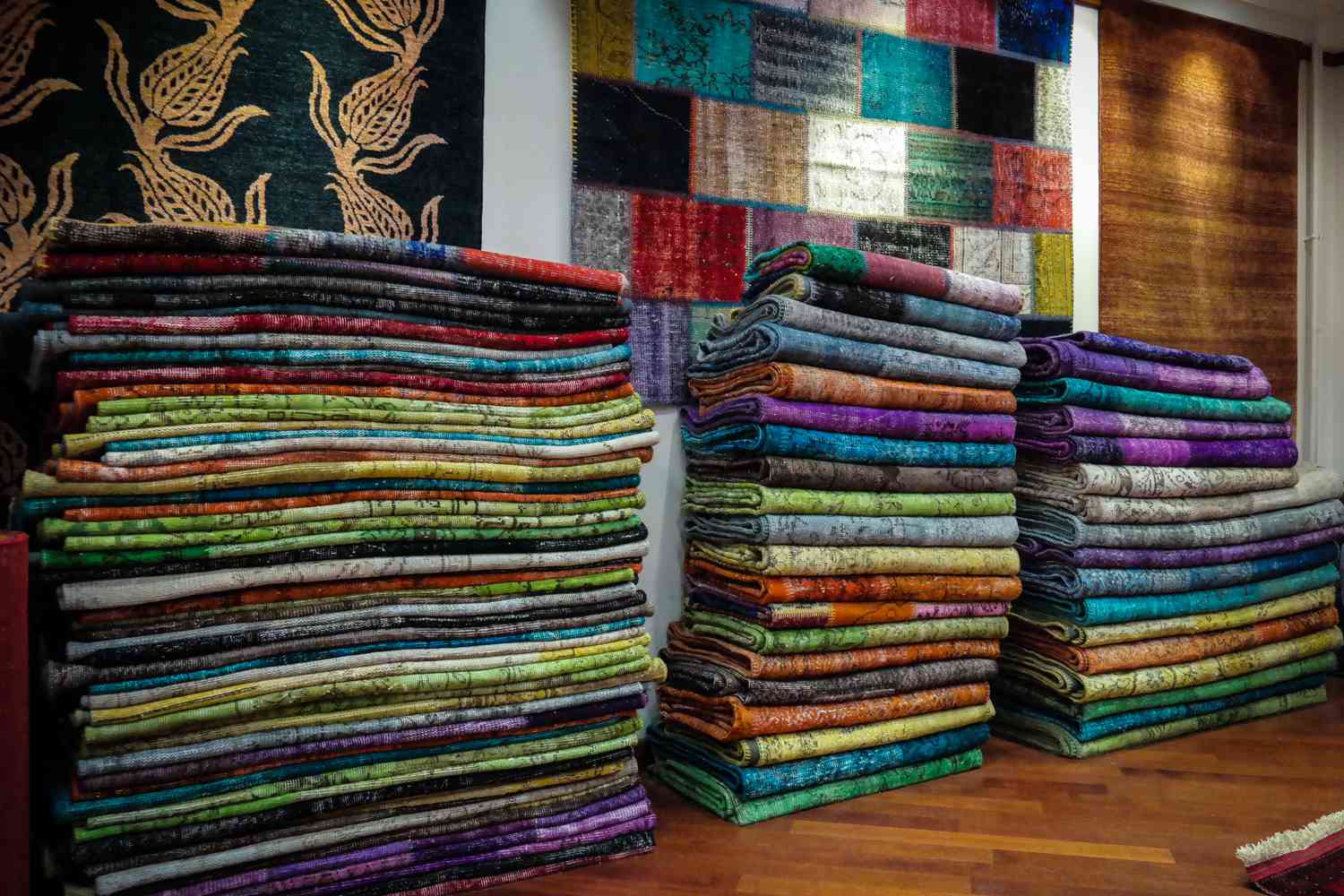
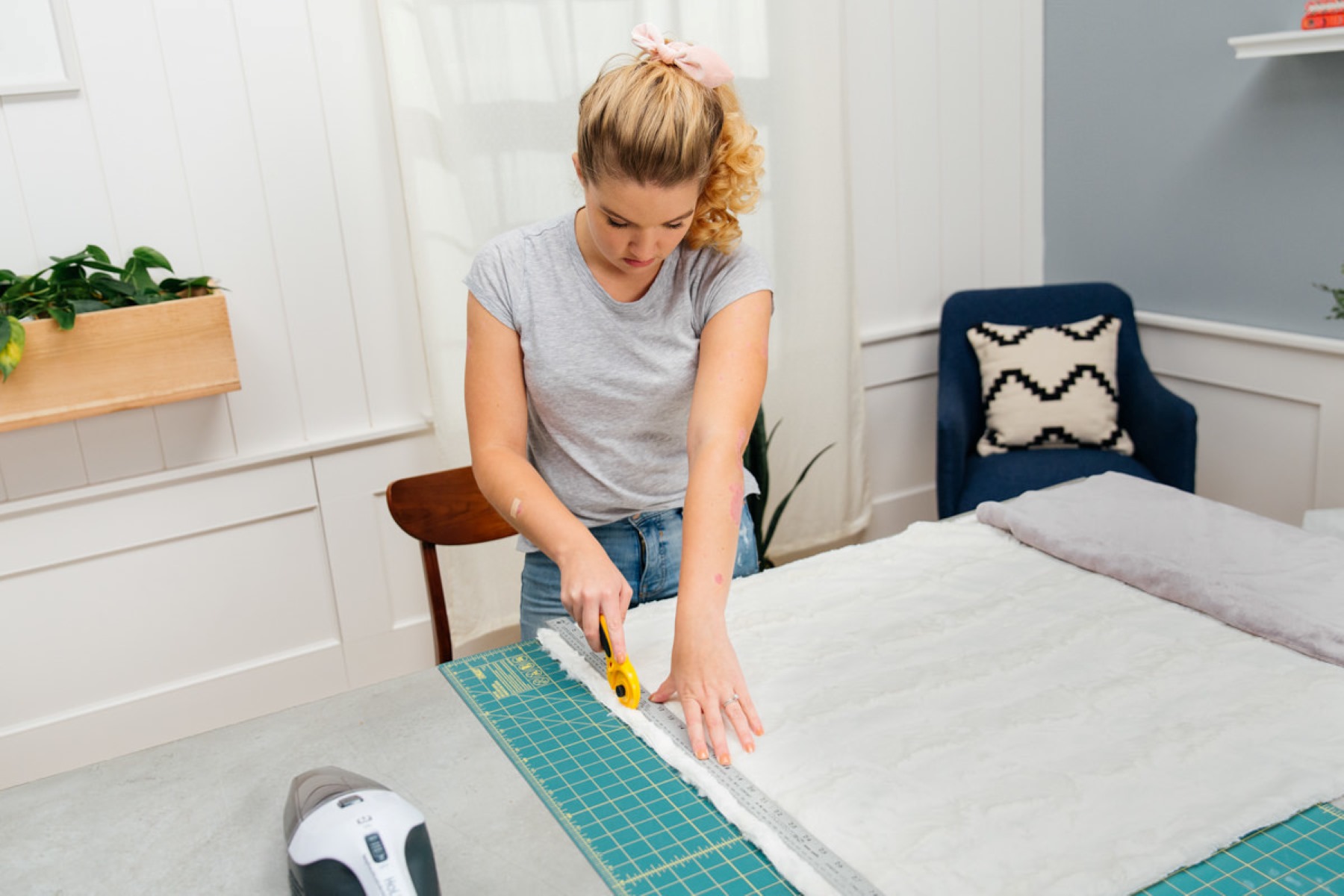
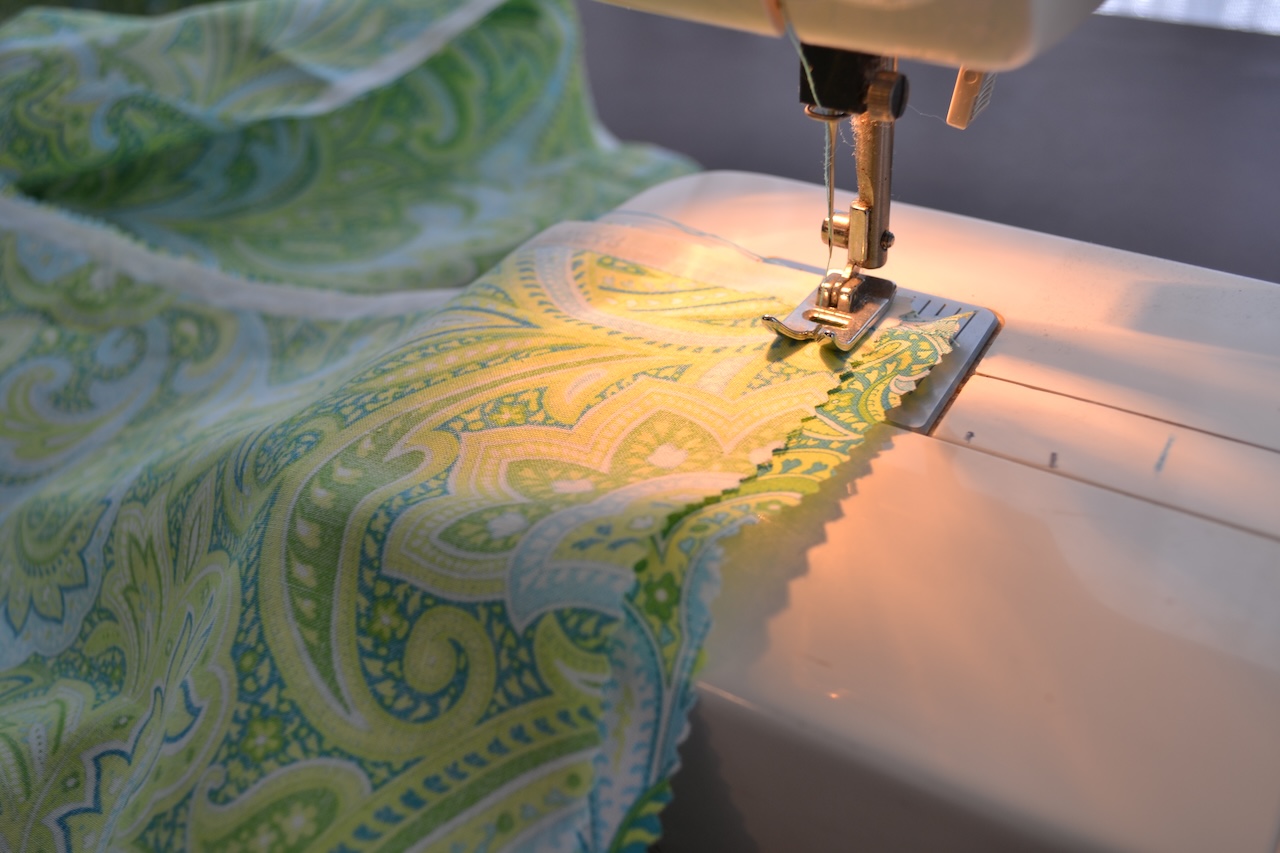
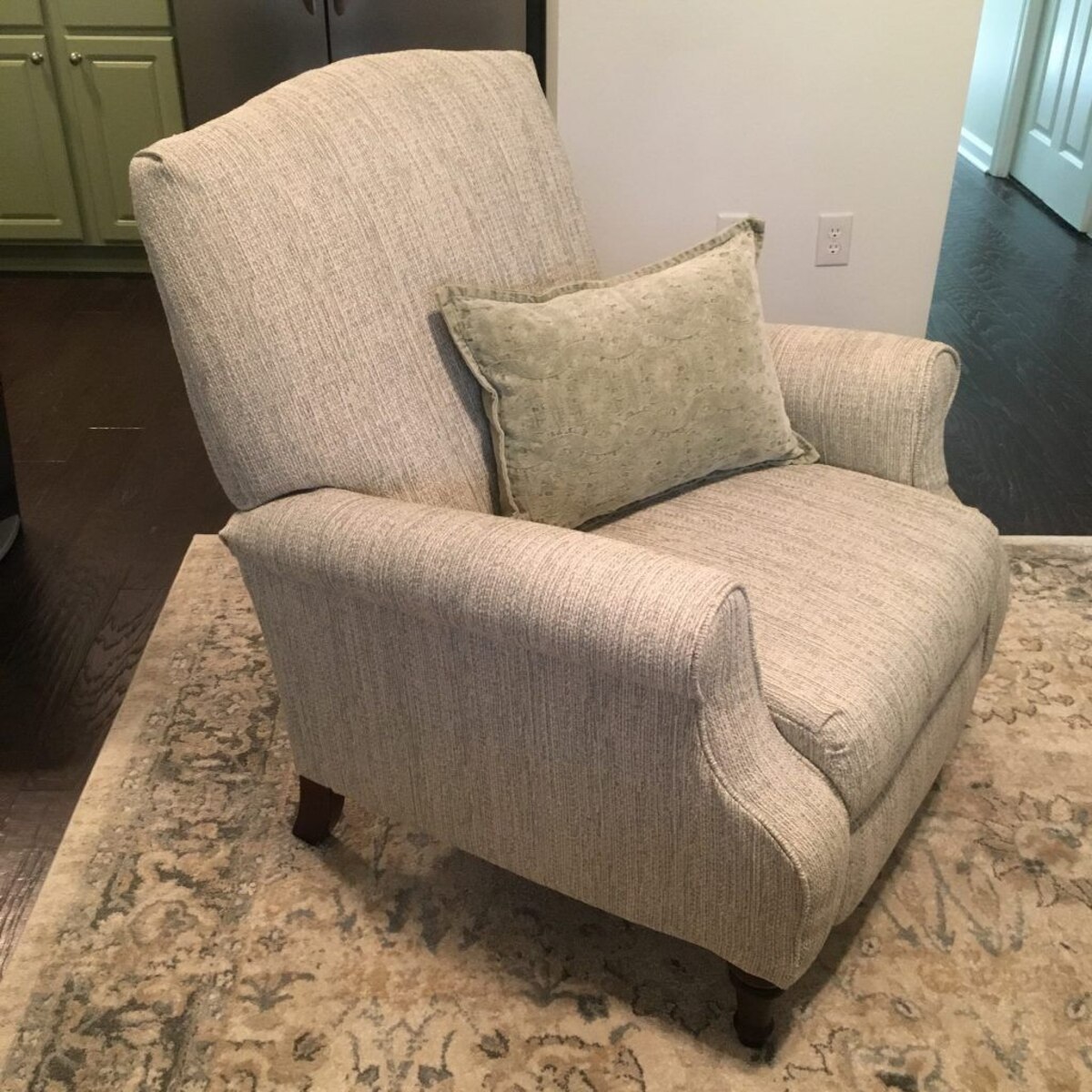
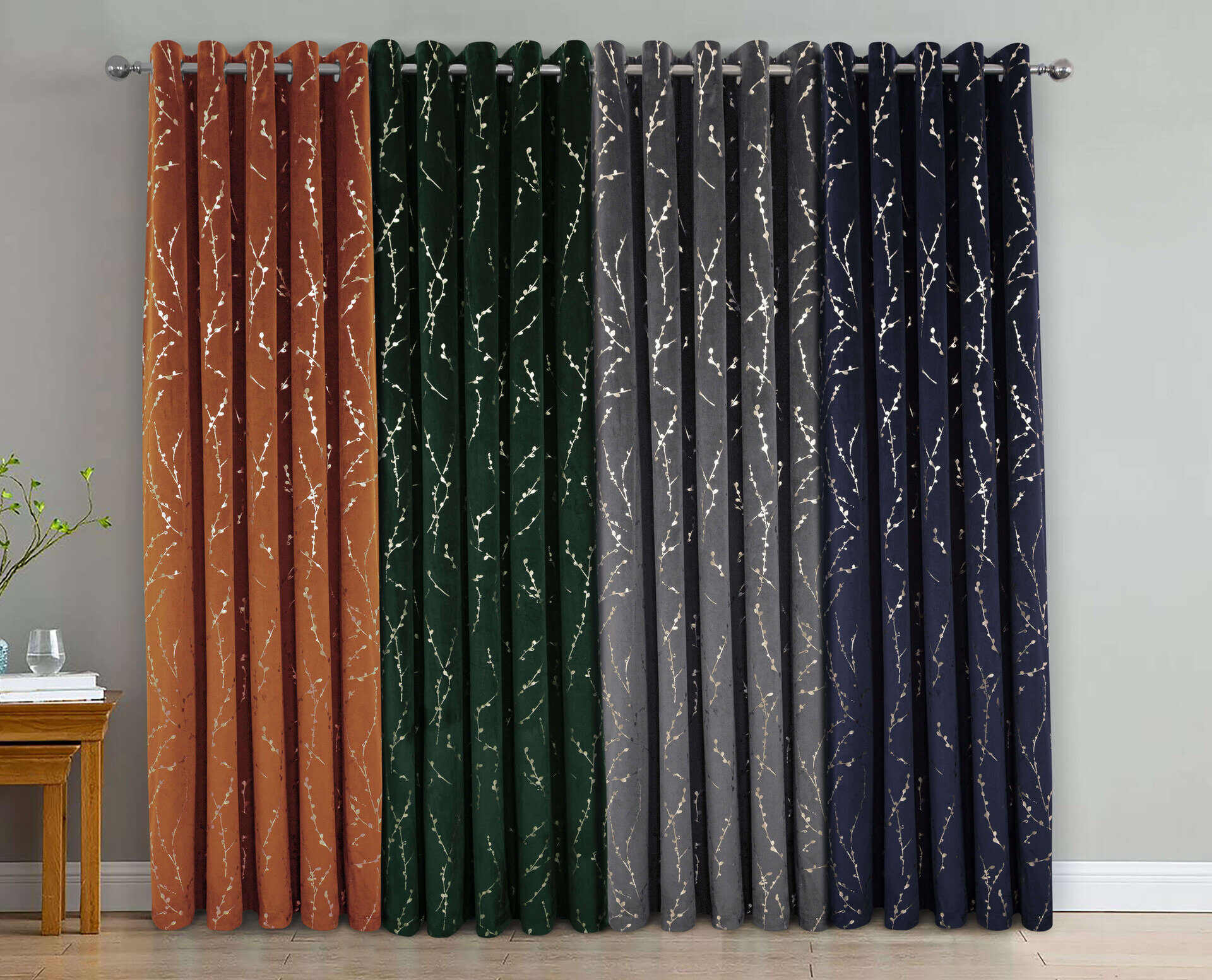
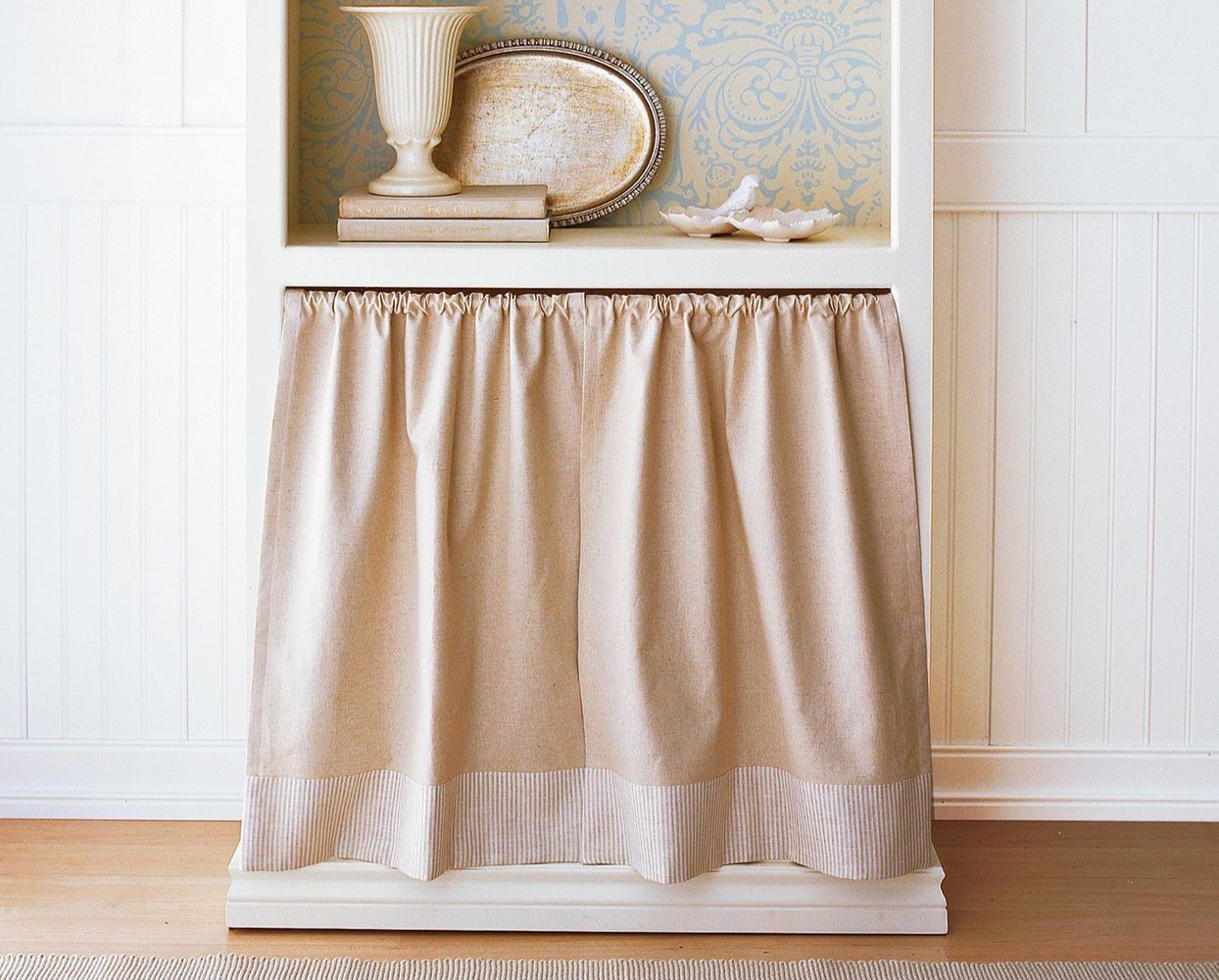
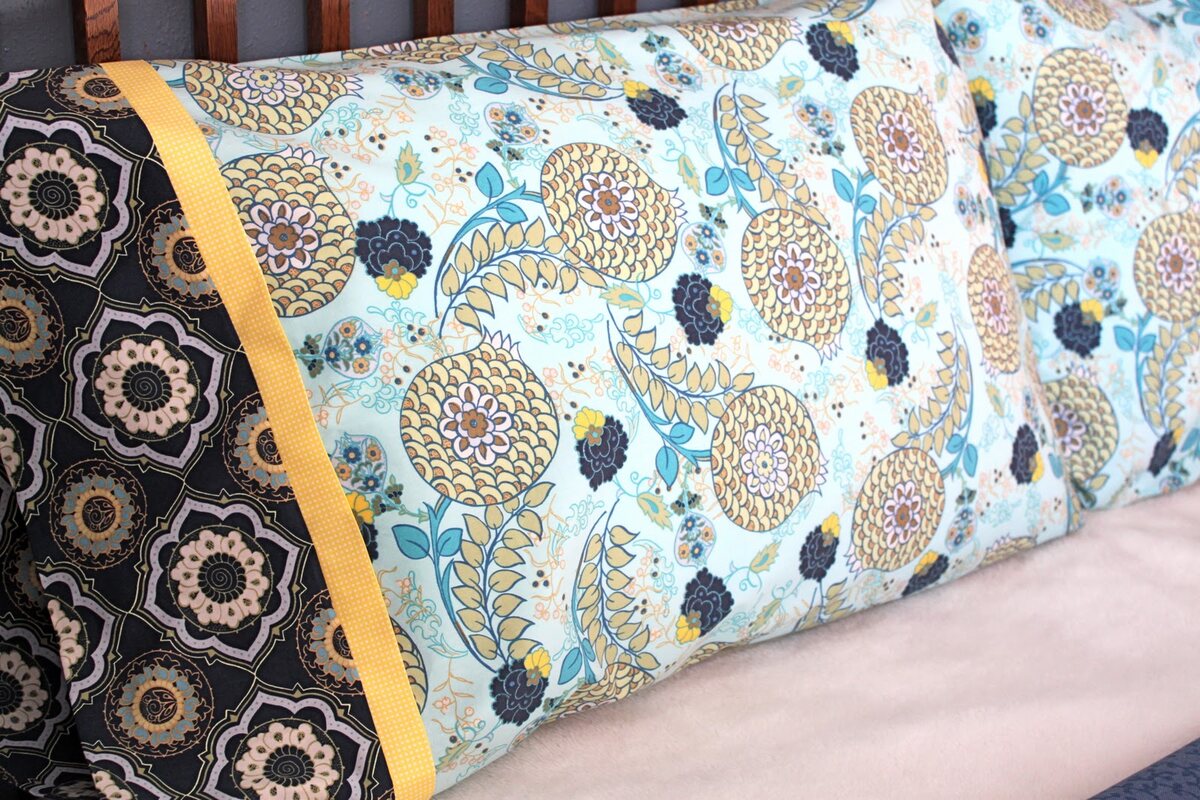
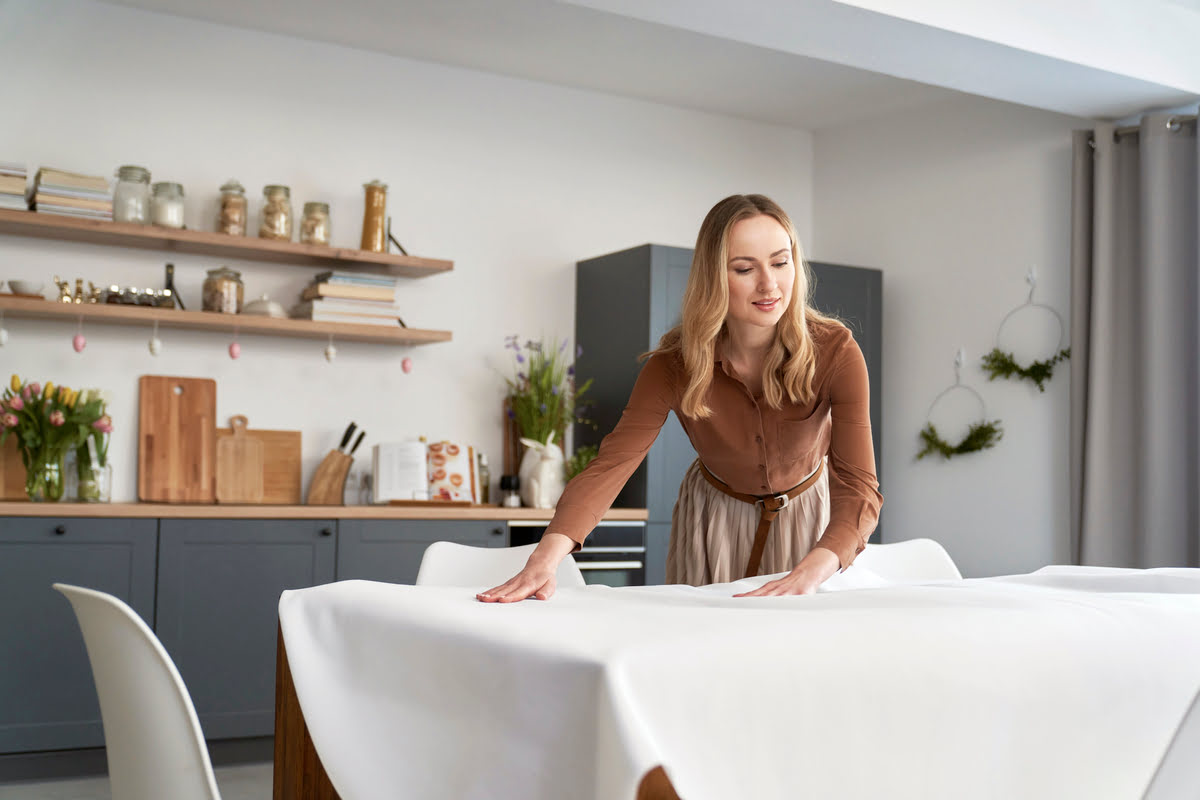
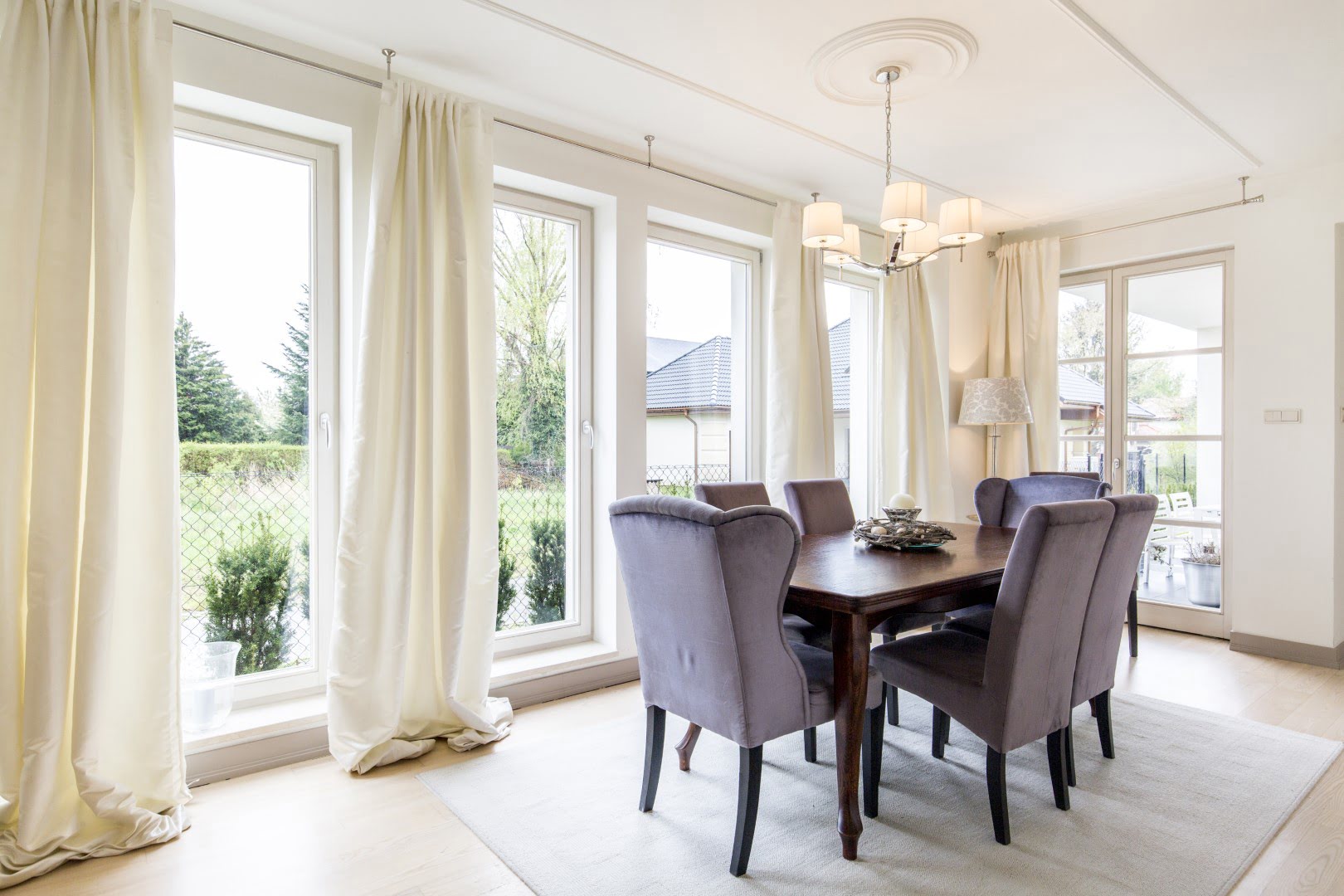
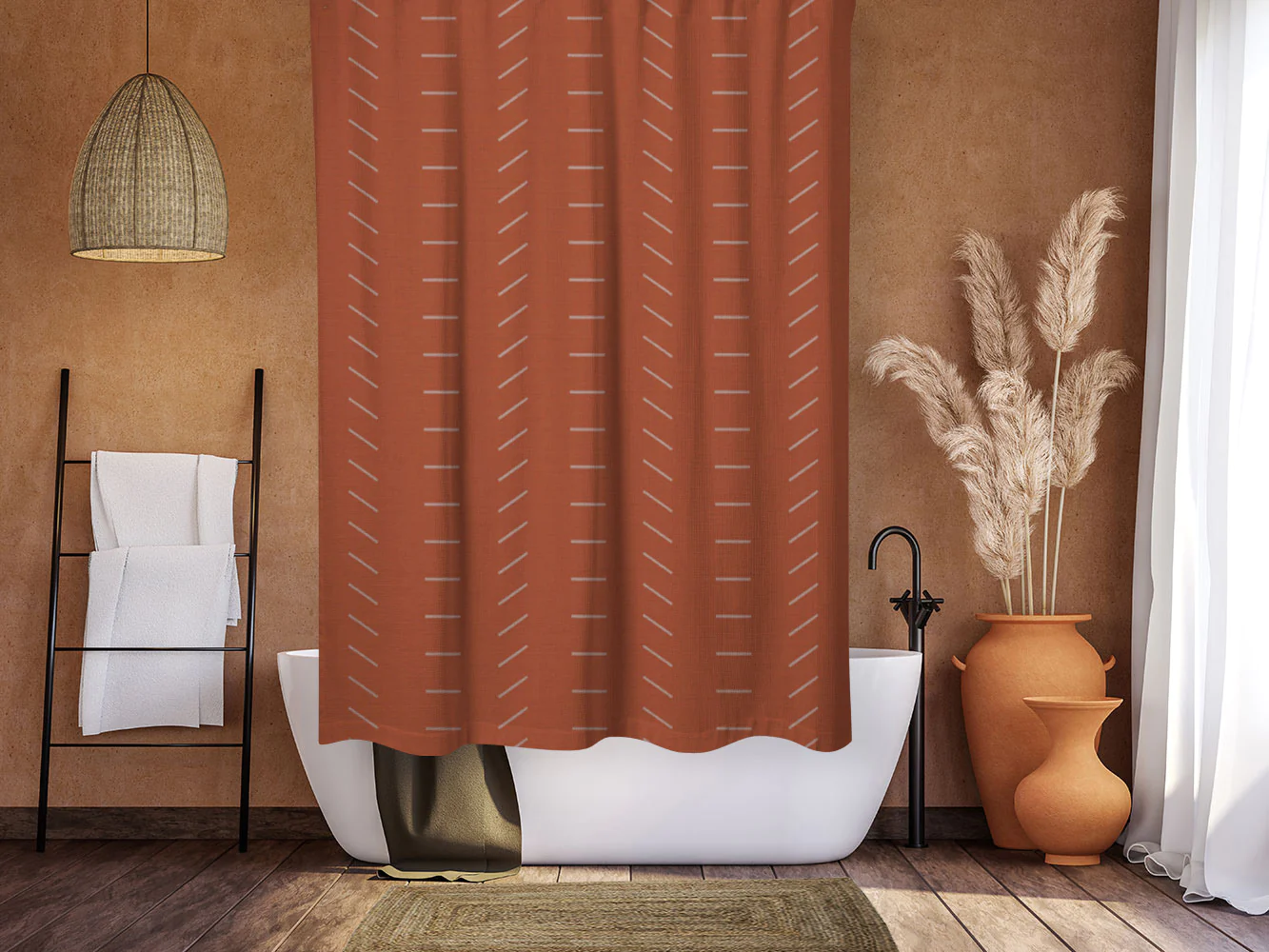
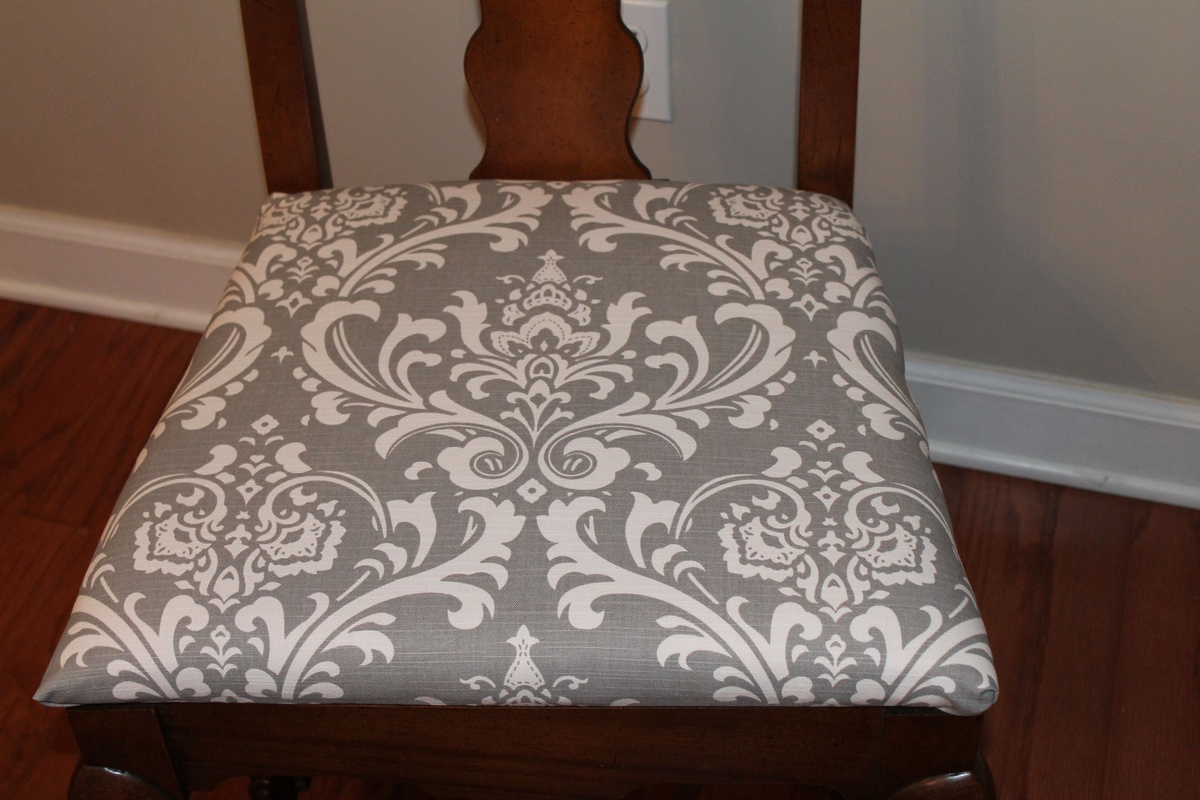
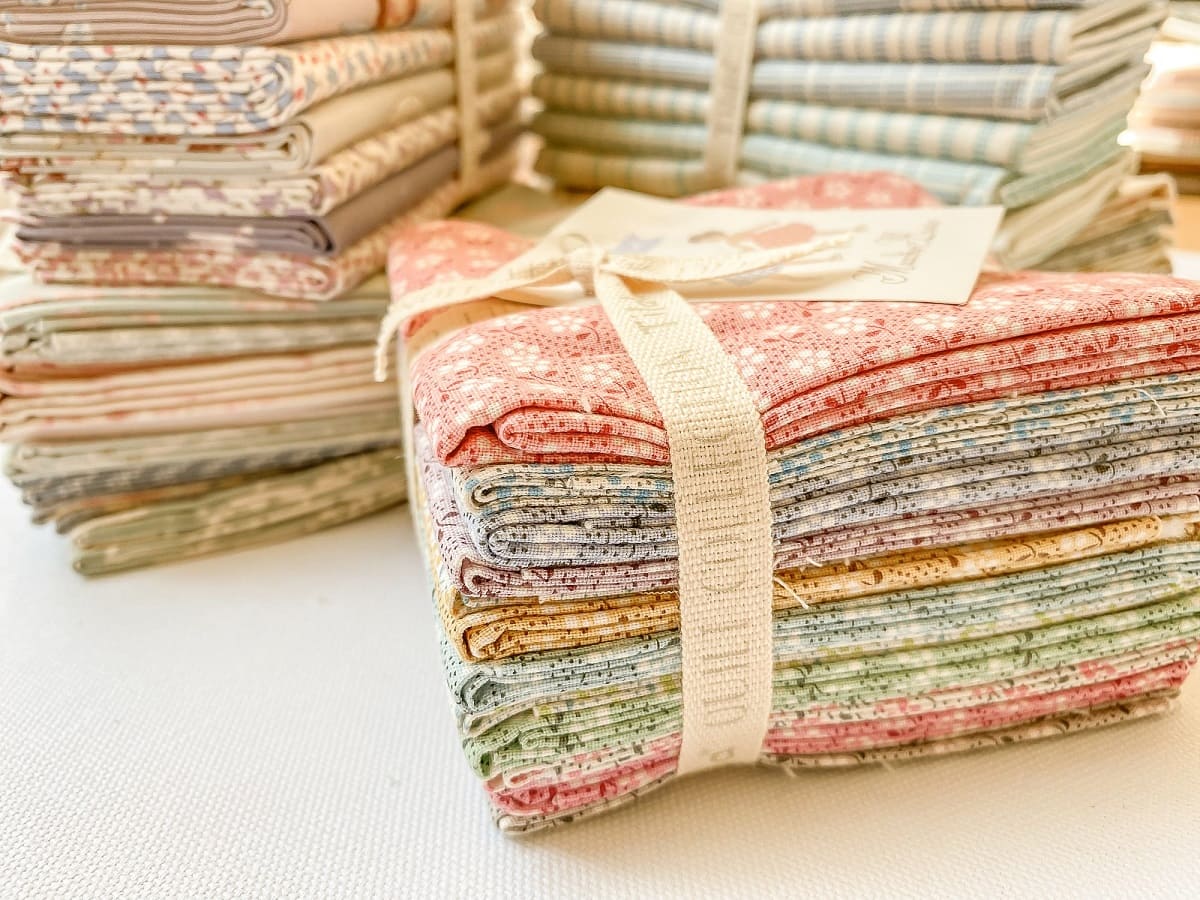

0 thoughts on “How Much Fabric Is Needed For DIY Curtains”